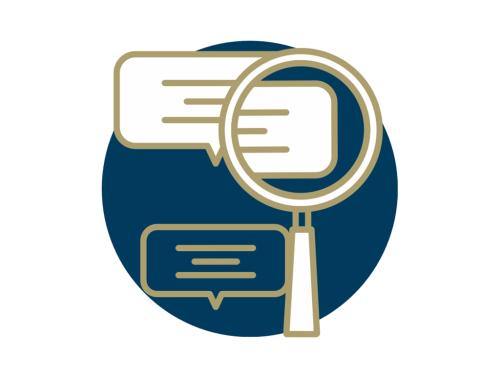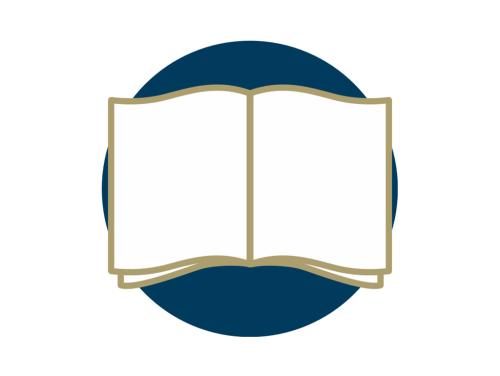FCC's Protecting the Privacy of Customers of Broadband and Other Telecommunications Services


The GW Regulatory Studies Center scholars regularly conduct applied research to understand regulatory policy and practice from a public interest perspective. Our content often takes the form of public interest comments, formal testimony, working papers, policy insights, and short commentaries analyzing the most pressing issues in regulatory policy. View the rest of our material by the different types of publications listed on this page or our research areas.

Long-form publications intended for academic audiences that take a deep dive into a particular aspect of regulatory policy.

Scholarly analysis of the potential effects of particular rulemakings from federal agencies, and advice to Congress on how to improve the rulemaking process.

Short-form publications intended for all audiences which provide easy to access analysis of regulatory policy.

Formal publications, often completed with other leading organizations and individuals, providing a thorough understanding of regulations and the rulemaking process.

The weekly Regulation Digest contains everything you need to know about regulatory policy today, and our monthly Center Update gives you all of the latest from our team.
For accessible charts and supporting data that you can use in your own publications or presentations, visit the Reg Stats page.
Prepared Statement of Sofie E. Miller for the House Judiciary Committee Task Force on Executive Overreach Hearing "The Federal Government on Autopilot: Delegation of Regulatory Authority to an Unaccountable Bureaucracy".
Protectionist Rhetoric Continues as U.S. and EU Wrap-Up 13th Round of Trade Talks
America's longstanding commitment to free trade is being questioned
Identifying Regulations Affecting International Trade and Investment
This paper quantifies how many of the thousands of rules published every year by U.S. agencies are likely to have a significant effect on international trade and investment and analyzes how well agencies are performing at flagging these rules. The results indicate that there is much room for improvement in notifying trade partners and expanding stakeholder participation to improve the outcomes of rulemaking.
President Obama’s Competition Executive Order Could Benefit from a History Lesson
Agencies directed to address undue burdens on competition
The Evidence-Based Policymaking Commission Act: An Opportunity for Improved Regulatory Assessment?
The Evidence-Based Policymaking Commission Act: An Opportunity for Improved Regulatory Assessment?
